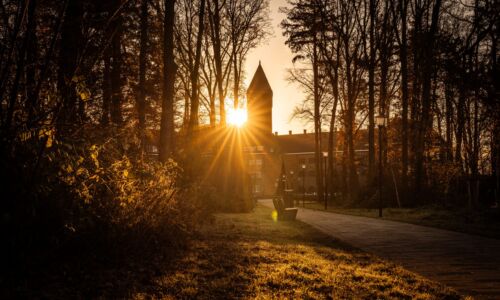Nijmegen and Maastricht join forces on grants and technological innovation
-
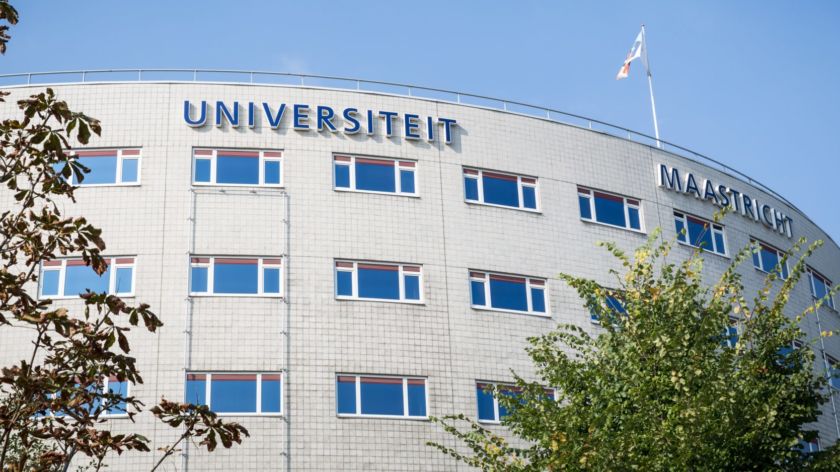 Maastricht University. Foto: Wikimedia Commons (CC0)
Maastricht University. Foto: Wikimedia Commons (CC0)
It came as a surprise to many: the cooperation agreement signed late last month by rector Han van Krieken and his counterpart Rianne Letschert of Maastricht University. We take a look at what’s behind this collaboration and what it will deliver.
During the first lockdown in May, Education Minister Ingrid van Engelshoven hoped that universities would be able to reopen in mid-June. Students would have to travel outside rush hour, however. That’s not a problem for the universities of Amsterdam and Utrecht, whose students often live close to the campus. But for Radboud University, there’d be very little teaching time left if all students had to be seated before classes could begin. Some students live at home in Brabant or the Achterhoek and spend up to one and a half hours travelling to the university.
‘We had to shout incredibly loud to make our voices heard on this issue’, said rector Han van Krieken at the last University Joint Assembly (UGV). ‘We succeeded in the end, but only thanks to the support of Maastricht and Groningen, who had the same problem.’
Excellent collaboration
The rector was pointing out that universities outside the Randstad face different issues than those in the four major cities. By joining forces with other universities in your area, you can tackle these problems more effectively. That is one of the reasons behind the agreement signed last month by Radboud University and Maastricht University. In the video made for that occasion, Van Krieken and Maastricht rector Rianne Letschert toasted ‘an excellent collaboration’ with a glass of fruit juice ‘champagne’.
The universities hope to tackle more regional issues together
Together, the universities hope to tackle more regional issues that they have in common. This will make it easier, for example, to offer grade-one teaching qualifications through the Radboud Teachers Academy in areas with a declining population, such as South Limburg. Germany’s proximity also makes joint regional cross-border projects attractive, such as in the area of sustainability. The new alliance – together with the provinces of Gelderland and Limburg – can also more effectively target RegioDeals, government funding aimed at strengthening the region.
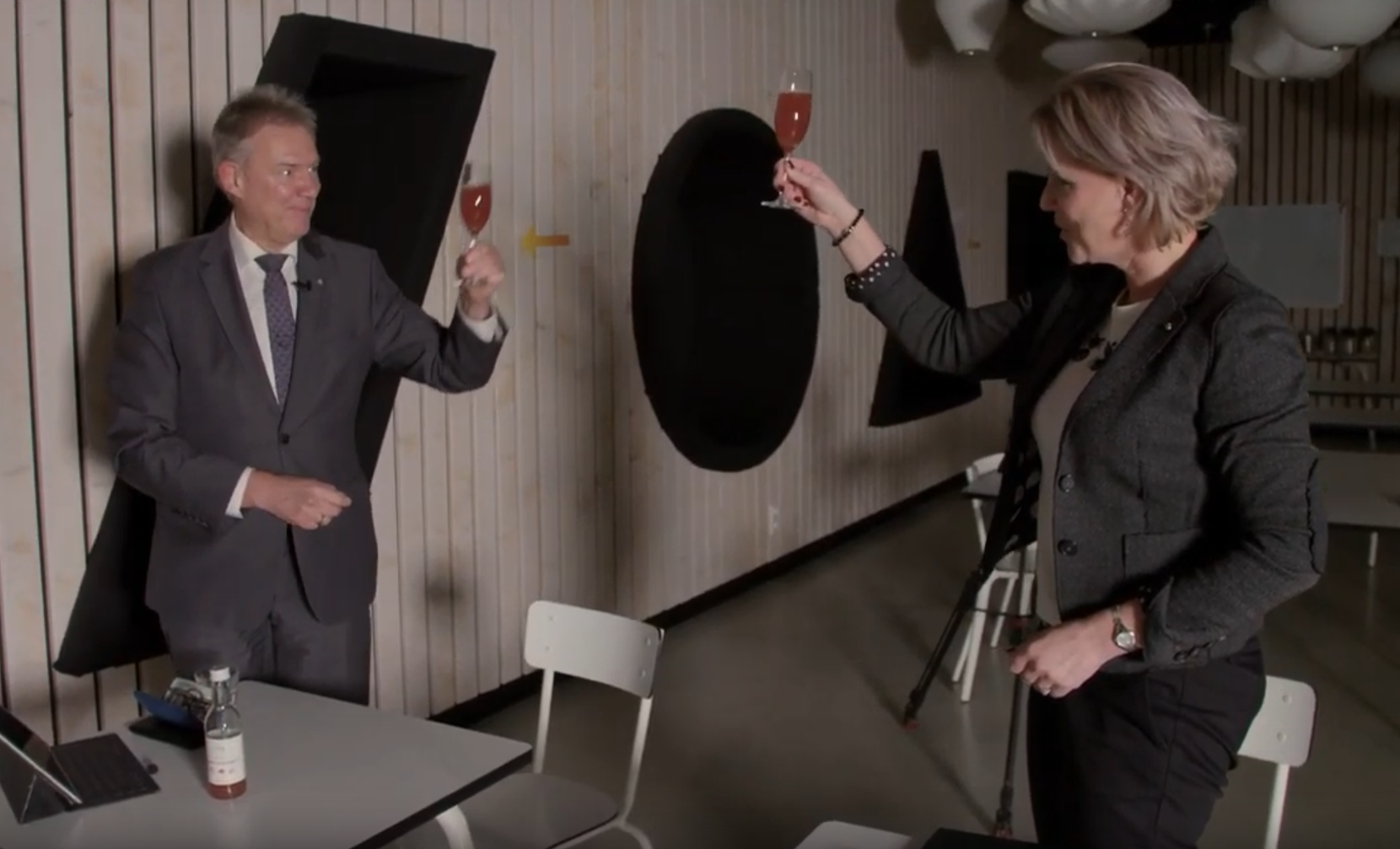
Financial benefits
Cooperation has other – partly financial – advantages, such as for teaching. Van Krieken said in the press release: ‘Maastricht University is at the forefront of educational innovation and internationalisation in the Netherlands. That’s something that Radboud University can learn from.’ Maastricht and Nijmegen also hope that new Master’s programmes will help retain more students who have completed their Bachelor’s and to attract other students. The current trend is that many students move to the Randstad after their Bachelor’s. This has also emerged from an analysis published by Statistics Netherlands in October.
That relative exodus is problematic because universities rely heavily on student numbers for their government funding. Put simply, the more students you have, the more money you get from the Minister. It is one of the reasons why universities have increased their efforts to recruit students. The number of students at Radboud University rose by a third between 2012 and 2020, from 18,000 to over 24,000.
Although student number-related funding of universities will decline in the future (from 72 to 60 per cent), it will continue to make up a sizeable share of the university budget. In part to reduce the student exodus to the Randstad, Radboud University was wanting to offer technology degrees. Eindhoven – which has just entered into a coalition with the universities of Wageningen and Utrecht – decided to hold off, but Maastricht was enthusiastic.
Allure
Joint technology programmes in biotechnology and applied physics will now be offered at Maastricht University campus in Venlo. Maastricht has made rapid developments in the fields of science and technology in recent years and is already working with biotech companies in Venlo. Van Krieken: ‘We have a lot to offer when it comes to biology. In that programme, our areas of expertise can complement and strengthen each other.’
Whether Master’s programmes like this are enough to counter the allure of the Randstad remains to be seen. Many students leave Nijmegen less because of the degree programmes on offer, and more because they want to live in cities like Amsterdam or Utrecht. As well as a metropolitan atmosphere, these cities also tend to offer the most jobs after graduation.
Grants increasingly demand applications from consortiums
Cooperation with Maastricht is also beneficial in terms of research as it will be easier to secure funding. Universities depend on external funding for a substantial portion of their income. In 2019, this accounted for about a third of all Radboud University revenues. More than 90 million (almost half) of that sum was made up of grants from the Dutch Research Council (NWO) and international organisations such as the European Union. In 2018, this was 80 million euros.
An increasing number of grants of this kind require applications from consortiums, partnerships between research groups from different institutions. You cannot survive as an academic island. ‘This kind of started with grants from the European Union’, explained Marlieke van Kesteren, who works at Evers + Manders, a grant consultancy firm in Hoevelaken that oversees grant applications for different universities.
‘That makes sense because the EU is of course based on cooperation. But you also see national funding organisations like the Dutch Research Council moving further in that direction.’
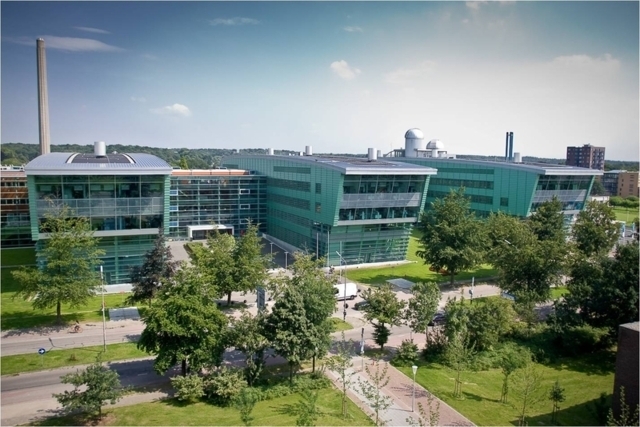
It is in these consortium programmes that a lot of money is available. Last month, for example, the Dutch Research Council awarded 93 million euros to 21 different consortiums, as part of the National Science Agenda (NWA). Radboud University was involved in eight of them. ‘For applications of this kind, it helps if you already know each other’, said Van Kesteren. ‘That’s because you have a very good idea of the areas in which you can complement one another. You can also make a more targeted search for grants for which, together, you have the expertise.’
For many grants, it is also useful to work with companies. Van Kesteren: ‘That’s often a requirement, for the National Science Agenda for example.’ It’s therefore no wonder that Maastricht and Nijmegen are focusing on biotech companies in Venlo. But the Novio Tech Campus in Nijmegen and start-ups in Mercator are also desirable neighbours for this reason. ‘As a consortium looking for partners, you’re already in a strong position if you can say: Radboud University, Maastricht University and companies X and Y are already on board.’
Gravity waves
A concrete collaboration with Maastricht that will shortly lead to a grant application is between Professor Gijs Nelemans (Faculty of Science) and his Maastricht counterpart Stefan Hild. Radboud professors Heino Falcke (black holes) and Renate Loll (theoretical physics) are also involved. In January they will submit an application to the Dutch Research Council for a ‘Gravitation Project’. The government uses these grants to encourage innovative research by Dutch consortiums. Each project easily amounts to 20 million euros.
Astronomer Nelemans says that the Maastricht group, with its instrument-making expertise, is very actively involved in the Einstein detector, to be located underground in Limburg. ‘We have a lot of expertise in the area of sources and data interpretation – we can complement them very well. This application would have been made even without the new official cooperation between our universities. But it helps to know that the Executive Boards support projects of this kind.’
Nelemans is therefore in favour of closer cooperation with universities that have technological expertise. The Netherlands has traditionally made a distinction between universities of technology and other universities, although general universities are also increasingly in need of technology. Without technological innovation, there can be no ground-breaking discoveries, certainly not in the natural sciences. Nelemans: ‘Universities abroad, such as Cambridge, where I did a postdoc, often have a Faculty of Engineering, for example. That’s a real advantage.’ Oxford is also doing well for that reason.
Chinese satellite
It’s important, however, not to overestimate the influence that the alliance with Maastricht will have on research projects, says Nelemans. You have to find the right partner for each project. ‘Our department also has a good working relationship with Eindhoven University of Technology. Marc Klein-Wolt, the director of Radboud Radio Lab (known for the instrument aboard a Chinese satellite that’s now on the other side of the moon, ed.), has begun a formal collaboration with Eindhoven. It’s also fun for technology students from Eindhoven – they love working on a device that’s used in astronomy.’
Grant consultant Van Kesteren also agrees that there is little point in focusing on one partner. It can work against you if you always include the same institutions in your application. That shouldn’t become a simple ‘must-have’. ‘Sometimes clients propose partners simply because they’re already in a partnership with them. But if they don’t add anything to your consortium in terms of content or equipment, it’s better not to do so.’
That is exactly what Rector Van Krieken always emphasises. “We work with all universities”, he said at the University Joint Assembly, ‘but a number of themes that we were working on with Maastricht also made it attractive to work together at the strategic level. However, it was at the level of content that we found each other.’
Academic alliance of university medical centres
One of the reasons for the closer relationship with Maastricht University is the Academic Alliance that Radboud university medical center entered into with Maastricht UMC+ in 2018. Under that alliance, some of the diagnostics is coordinated (e.g. within the Genetics department) and researchers from the two hospitals can submit an internal application for joint PhD projects. The latter can be done through the academic alliance fund, jointly set up by the two institutions.
A section that for many years has enjoyed an intensive – and by all accounts enjoyable – cooperation with Maastricht, is the DBS centre of the Departments of Neurology and Neurosurgery. Since 2014, doctors in Nijmegen and Maastricht have formed a single centre for Deep Brain Stimulation (DBS) operations. DBS involves implanting an electrode into the deep brain nuclei of patients with a neurological disorder (often Parkinson’s disease) in order to reduce their symptoms.
‘In 2013, the national waiting times for DBS operations increased’, said Rianne Esselink, a neurologist in the Nijmegen DBS team. “Nijmegen hadn’t carried out this procedure yet, but Maastricht had. I knew one of the neurosurgeons there well, so we joined forces”. The collaboration was of interest to Maastricht because Radboud university medical center has a good deal of knowledge about Parkinson’s care and research within the Expertise Centre for Parkinson’s and Movement Disorders.
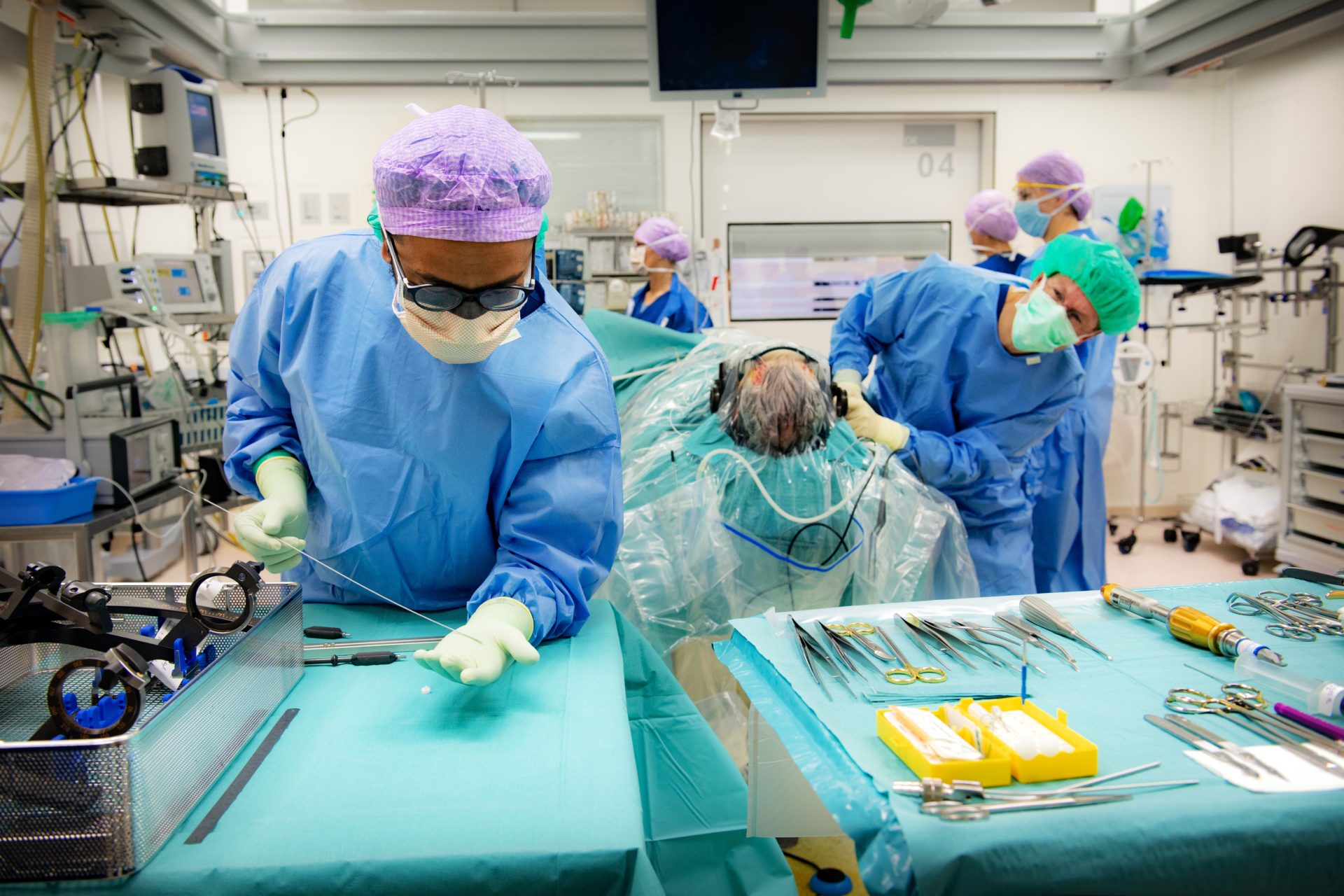
Some 40 patients a year now receive a DBS electrode-implant in Nijmegen. Esselink: ‘We both wanted to boost Parkinson’s care in the south-eastern Netherlands. Together, we want to further develop contacts with the hospitals in our regions. We can share with them things like the latest treatment options for Parkinson’s and other movement disorders.’
Maastricht neurosurgeon Pieter Kubben is also happy with the joint centre, as he reported by phone. In the early stage, the collaboration was particularly useful for seeing how the collaboration partner went about things, he said. ‘Everyone has slightly different surgical techniques, depending on where you’ve been trained. From my Nijmegen colleague Saman Vinke, I learned to apply anaesthetic in a slightly different place. That may be a fairly simple, minor difference, but it can make a big difference to the patient in terms of comfort.’
Cooperation has since expanded to include research projects on matters such as surgical techniques. Parkinson’s patients in Nijmegen are fully sedated during a DBS operation, whereas they are kept awake in Maastricht. Thanks to money from the academic alliance fund, brain specialists are now conducting a systematic study that compares both surgical techniques.


